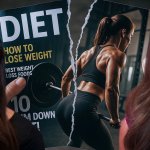For generations, women have been told that being thin is the end-all, be-all goal of health and attractiveness. But as we move through perimenopause, menopause, and midlife, this old narrative is not only misguided—it’s actively harming our health, confidence, and longevity. In a recent episode of the Menopause Mastery Podcast, host Dr. Betty Murray and guest Annemarie Checker—journalist, pro bodybuilder, and author of “Lift: How Women Can Reclaim Their Physical Power and Transform Their Lives”—shed light on why building muscle, not shrinking down, is truly the key for women who want to thrive.
Let’s explore the deep cultural roots of skinny culture, the science (and history) behind women’s strength, and real strategies to shift your mindset and your muscles for lasting wellbeing.
The Culture of Skinny: How Did We Get Here?
From childhood, women are bombarded by messages that glorify thinness. “Thin” and “skinny” are plastered on crackers, jeans, and diet products, subtly (and not-so-subtly) teaching us that less is more. This language shows up everywhere—from fitness studios promising “lean, toned” bodies to women’s magazines selling success as a size two.
But as Dr. Murray and Annemarie Checker discuss, this obsession is surprisingly new. Most of these ideals took root in the last 150 years—mirroring, not coincidentally, the moments when women began to gain more power in society. Every wave of feminist progress, from the right to vote to entering the workforce en masse, was followed by a new skinny craze: flappers in the 1920s, Twiggy in the ‘60s, heroin chic in the ‘90s, and now the rise of weight-loss medications and extreme diets.
But why? As Annemarie notes, “It’s almost as if society wants to recoil us back into control.” By encouraging women to literally take up less space, the broader culture tries to neutralize growing female power.
The Real History: Women as Warriors, Not Wilting Flowers
Forget the image of cavewomen foraging berries while men hunt. Anthropological research confirms that women throughout history were strong, muscular, and physically powerful.
A study highlighted in Annemarie’s book compared the bones of Paleolithic and Neolithic women to those of today’s elite rowers and discovered ancient women had the same upper body strength. These women farmed, hauled, hunted, and built communities—they weren’t shrinking violets. Even in Viking society, a famous warrior’s grave, long assumed to be male, was only recently identified as a woman’s—proving so many of our gendered assumptions are just that: assumptions.
What does this mean for today’s women? Our bodies want to be strong. When we give ourselves permission to build muscle and eat to fuel our activity—not restrict—we step into our original, authentic power.
Muscle Over Skinny: The Science of Strength for Midlife
Why is muscle especially important for women in menopause and midlife? The answer goes way beyond aesthetics.
- Bone Health & Longevity: Women become especially susceptible to bone loss (osteopenia and osteoporosis) as estrogen declines during and after menopause. Strength training creates micro-stress on bone tissue, signaling your body to build more bone. Muscle also acts as a cushion, dramatically lowering your risk of serious injury from falls—the #1 reason older adults end up in the hospital.
- Metabolism & Weight Management: Muscle is metabolically active. The more you have, the more calories you burn—even at rest. Muscle mass also helps with blood sugar regulation, reducing your risk of diabetes and metabolic syndrome, two conditions that become more prevalent with age.
- Confidence & Mental Health: As Annemarie says, “After just a few weeks of weightlifting, I stopped craving alcohol, my confidence skyrocketed, and I felt like a new person emerging.” Strength training releases dopamine and endorphins—and the confidence that comes from seeing yourself get stronger can spill over into all areas of life.
- Better Response to Stress: Life in midlife can feel like a pyramid built on your head: juggling kids, aging parents, work, and relationships. Building strength is a tangible way to remind yourself: you can handle hard things. You are physically built for survival.
Nutrition Mindset: More, Not Less
Classic diet culture teaches us to eat less, restrict more, and fear carbs. But if your goal is muscle (and health), you need a “moreness” mindset:
- Protein First: Aim for 1 gram of protein per pound of your ideal body weight, spread between two meals (like breakfast and dinner) for maximum muscle protein synthesis. Foods like lean poultry, shrimp, liquid egg whites (in smoothies!), and protein powders are easy staples.
- Don’t Fear Carbs: Complex carbs like potatoes, rice, and whole grains fuel your workouts and help replenish muscle energy. Cooked-and-cooled carbs (think: cold rice salad or potatoes) also feed your gut microbiome.
- Meal Prep is Key: A well-stocked fridge makes it much easier to hit your protein and carb targets instead of reaching for processed snacks.
- Healthy Cooking Hack: Flavor is your friend! Use spices, herbs, and fun sauces to make lean meals satisfying.
It’s not about deprivation. It’s about building yourself up—body, mind, and spirit.
Making Lifting Work for You: Getting Started
Never picked up a dumbbell? Here’s how to begin, even with a busy schedule:
- Frequency Over Intensity: You don’t need hours in the gym. Start with 30 minutes, three times per week. Pick one chest exercise, one back exercise, and one leg exercise. Three sets of each. As you build confidence, add more movements or sets.
- Home or Gym: You don’t need fancy gear. Dumbbells, resistance bands, or even two jars of spaghetti sauce can get you started at home. Prefer community? Take advantage of the free personal training sessions at most gyms.
- Work to Fatigue: The key is to challenge your muscles by the end of each set. If you could keep going forever, it’s time to go heavier—or slower.
- Joy, Not Punishment: Reframe workouts as self-care, not self-punishment. Savor the post-lift endorphin rush, the satisfaction of getting stronger, and the sense of accomplishment that carries throughout your day.
Role Modeling: Strong Mothers, Strong Daughters
Every time you show up for yourself in the gym or at home, you’re modeling a new reality for the next generation. Annemarie shares how her daughters see strength training as normal, not strange—a subtle but powerful shift from the old “skinny is best” message.
Be conscious of your language around your body and food, especially in front of young girls. Focus on what your body can do, not just how it looks. When jeans feel tight because of strong quads, celebrate the muscles—not shrink away from them.
Building a New Paradigm
The culture of skinny isn’t going to vanish overnight. Social media, Hollywood, and even women’s magazines still perpetuate unattainable, even unhealthy, ideals. But by choosing strength over smallness, you’re building a healthier paradigm for yourself, your daughters, and your community.
Let’s redefine what women in midlife—and all ages—can be: strong, visible, capable, and powerful.
You were built to be powerful. Step into your strength, and don’t let anyone—especially old cultural myths—convince you otherwise.

